The early history of Veszprém Castle, located between the Balaton Uplands and the Bakony Mountains, is uncertain, and historians can only rely on a few records and chronicles beyond archaeological excavations. In the 9th century, the Archbishopric of Salzburg conducted missionary and church-building activities in the Transdanubian region of the fragmented Avar Empire. According to a report sent by the Archbishop of Salzburg to the Pope, in 866, a church dedicated to Saint Michael was consecrated in the town of Ortahu, in the province of Kocelj, vassal of the Franks, of Moravian descent. If this church is indeed the present-day Saint Michael's Cathedral and Ortahu is identified with Veszprém, then both the castle and the town existed before the Hungarian conquest.
Another source is the 13th-century work of Anonymus, the Gesta Hungarorum. According to this, Árpád, the leader of the Hungarian conquest, found a fortress in Veszprém when they conquered the Transdanubian region and drove out the Romans from there. If there was indeed a castle at this time, it could have been a 9th-century Frankish or earlier Avar stronghold, and its defenders could have been subjects of the Frankish (German) Empire —later the Holy Roman Empire— whom Anonymus referred to with the collective name of the peoples of the Roman Empire. Summing up these and other similar, non-contemporary sources, it can be concluded that there was already a fortified centre on the Castle Hill during the reign of Grand Prince Géza, and this, together with the castles of Esztergom and Székesfehérvár, was one of the earliest castles in Hungary.
According to legend, during the reign of Géza, the grand prince's seat was in Esztergom, while the prince's wife, Sarolt, resided in Veszprém. It should be noted that Queen Gisela also enjoyed staying in Veszprém, and perhaps this is related to the city's exceptional status in several respects and the special relationship between the queens and the city. It is not without reason that Veszprém is called the City of Queens. According to one of the legends surrounding King Stephen, Queen Gisela fervently supported the construction of the Veszprém Cathedral as a testament to her religious devotion. Although it was Stephen who elevated the cathedral to episcopal status (around 1000), its patron was always the reigning queen. The tradition holds that it was here that monarchs' consorts were crowned and buried. The cathedral, also functioning as a queen's chapel, housed the queens' throne, and until 1217, the treasury kept her crown, seal, and charters.
On the Castle Hill, side by side, were located the ecclesiastical centre, namely the bishopric, and the secular seat. The ecclesiastical centre on the north-eastern part of the "hill" may have been composed of the "ancient" round church and the associated stone house, which stood in the place of the later school and then the seminary.
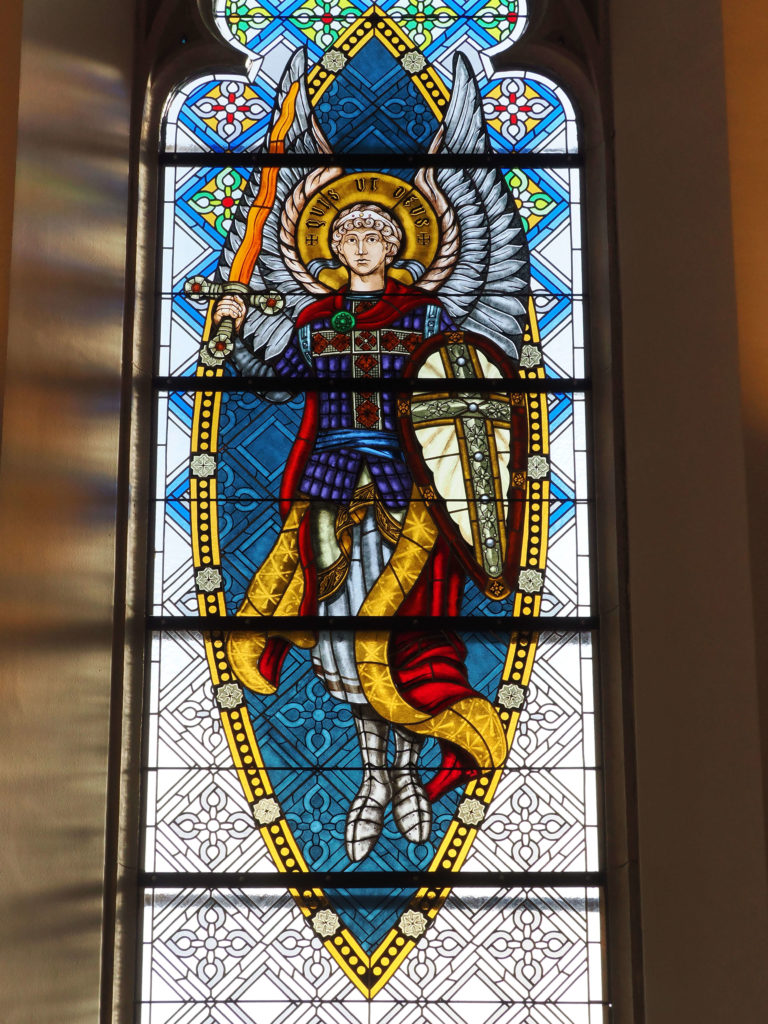
The city is likely to have been the country's first episcopal see from 1001 or 1002 (provably from 1009). Veszprém County was also one of the earliest organized counties. The complex belonging to secular power stood at the site of the present-day palace: the princely, royal ("queen's") palace, as well as the seat of the ispán (county head), the centre of the county. In the western part of the fortress, there were houses of the military and the castle dwellers.
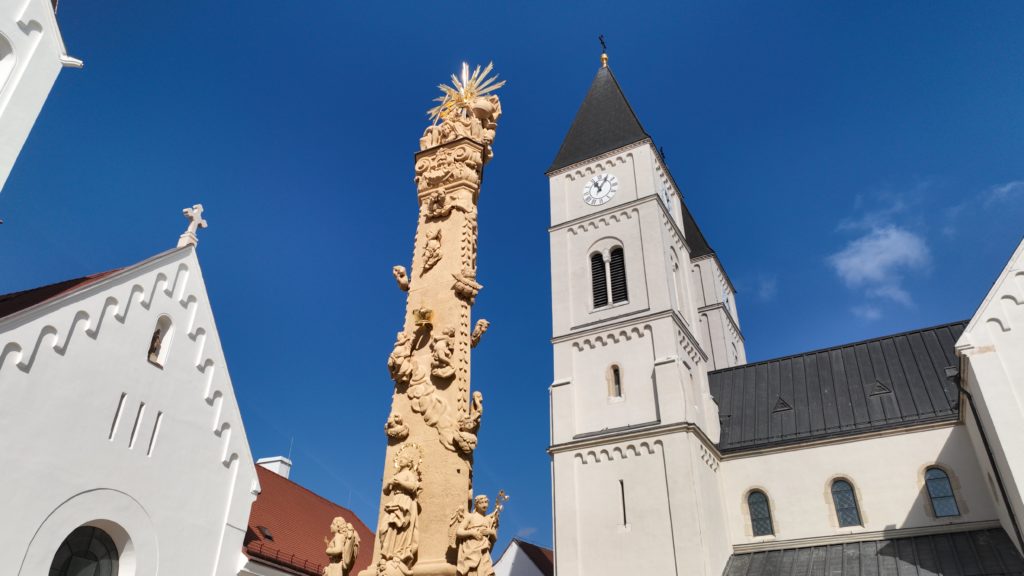
The use of the outer castle gradually developed. At the south-eastern end of the ridge, where the present-day Fire Tower stands, a smaller fortress, a lookout point, emerged, primarily serving to observe the surrounding area and to defend the northern castle and the nearby settlements.
Parallel to the increasing significance of the castle, its territory expanded, and thus the ridge was continuously built upon. Besides residential houses, a church and a cemetery were established. The early timber-framed earthworks gradually gave way to thicker, more solid stone walls.
From comparing contemporary panoramas, we know that the large south-western bastion and the small north-western corner bastion of the castle were built between 1572 and 1667.
We have no data suggesting that the Mongol invasion of Hungary directly affected Veszprém; it was not subjected to siege and thus managed to weather the Mongol onslaught unscathed. However, indirectly, it affected the city's history in that King Béla IV dedicated his firstborn daughter to God, should the country be spared from destruction. The princess, Saint Margaret, was raised in Veszprém at the St. Catherine Dominican Nuns Monastery, founded by Bishop Bertalan in 1239, between the years 1246 and 1252.
Regarding the medieval development of the castle, in the 13th century, there was already an institution providing higher education alongside simpler parish and urban schools, operating alongside cathedral schools in episcopal sees. This institution was likely located where the Major Seminary stands on the northern side of the cathedral. In 1380, both the castle and the cathedral were ravaged by a fire, after which the Gothic sanctuary of the church and the subterranean chapel dedicated to the Virgin Mary were built.
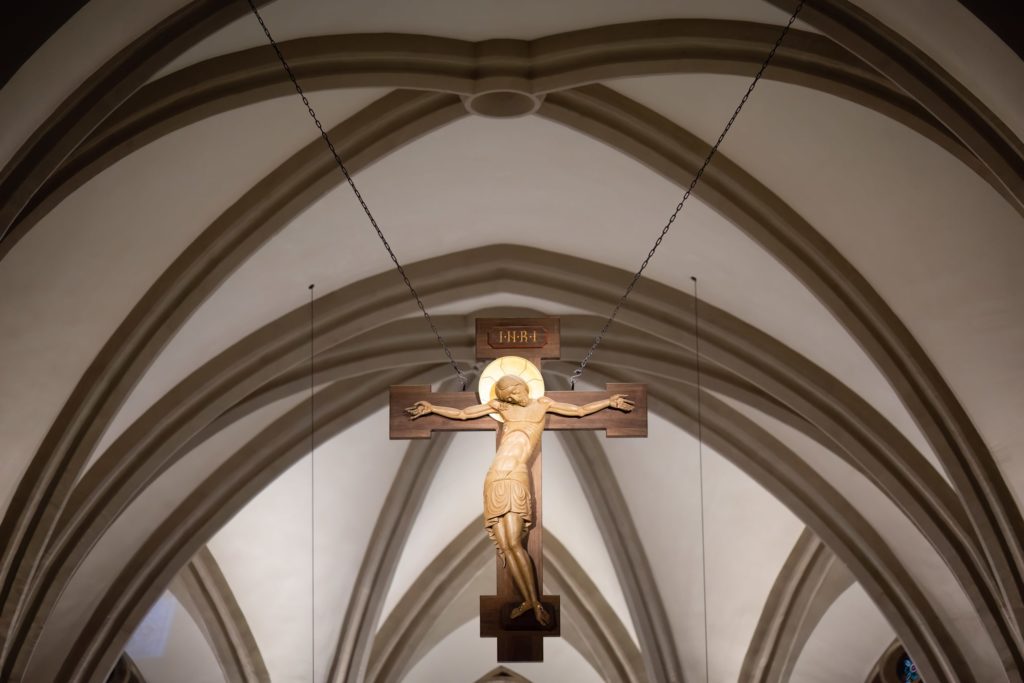
During the episcopate of Albert Vetési (1458-1486), a red marble altar and an organ were placed in the cathedral. The nearby Saint George's Chapel was repainted, and a red marble gate adorned with the bishop's coat of arms and inscription was also made. After the Battle of Mohács in 1552, the Turks reached Veszprém and captured it after a seven-day siege. The bishop fled to Sümeg, while surviving canons sought refuge in Zalaegerszeg, Sopron, and Pozsony, and the nuns fled to Körmend. The chapter ceased to exist as an institution until its restoration in 1630. The Imperial troops managed to recapture the castle in 1566, led by Eck Graf zu Salm, Colonel-Captain in Győr.
Subsequently, the defence and maintenance of the castle fell to the crown instead of the bishop (who was also the Lord Lieutenant at the time). With the assistance of the war council, the crown initiated the city's restoration. However, the progress was continuously disrupted by recurring castle sieges: in 1593 by the Turks, in 1598 by Hungarians, again in 1605 by the Turks, and then in 1608 it returned to Hungarian control, not to mention the noble conflicts. Finally, in 1628, the feudal rights returned to Bishop István Sennyei, and restoration efforts commenced. By the second half of the 17th century, the western castle walls, two round gun towers, and two wedge-shaped bastions were rebuilt on the north-western and south-western corners of the castle.
In the 18th century, Veszprém was also affected by Emperor Leopold's decree, which required the demolition of Hungarian castles. It is likely that only the southern outer main gate and the small gate behind the cathedral fell victim to the castle's destruction.
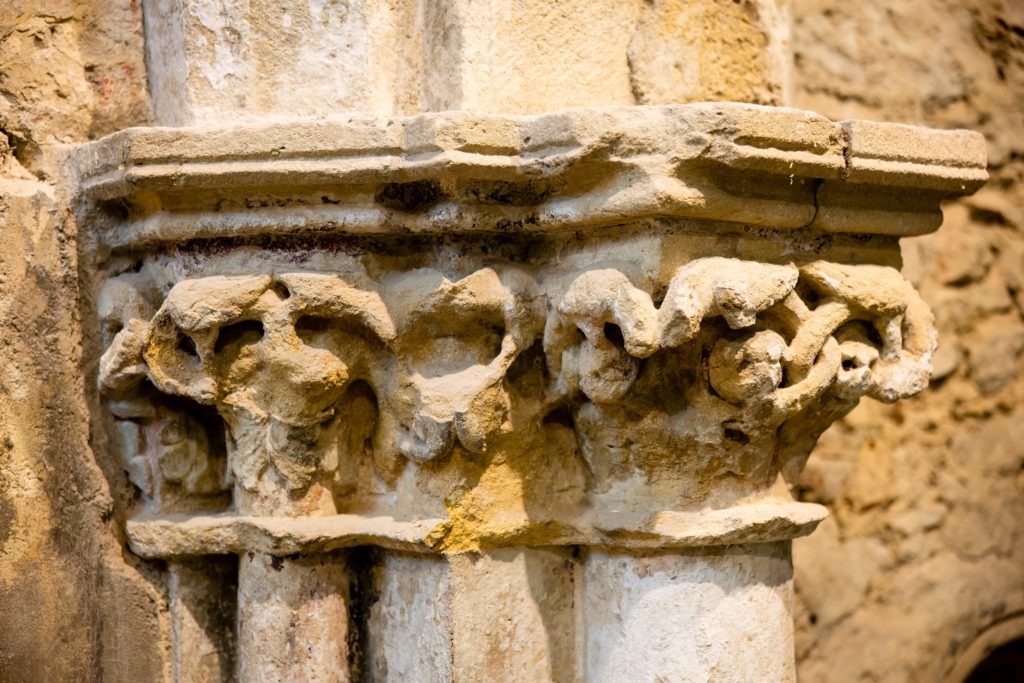
During the episcopate of Imre Eszterházy (1723-1725), the medieval cathedral was partially rebuilt and restored in the Baroque style. Around 1720, construction began on the Franciscan Church of Saint Stephen, which was completed around 1730. In 1733, Adam Acsády began construction of the new episcopal palace, which was incorporated into the southern wing of the present-day episcopal palace from 1776. Subsequently, in 1741, Márton Padányi Bíró built the Grand Provost's House, and he is also credited with the establishment of Holy Trinity Square and the erection of the Holy Trinity Statue (1750). During this time, thanks to the baroque-era urban development, the mills, economic buildings, and industrial houses of the chapter city district were constructed, and the city's first piped water supply system was established.
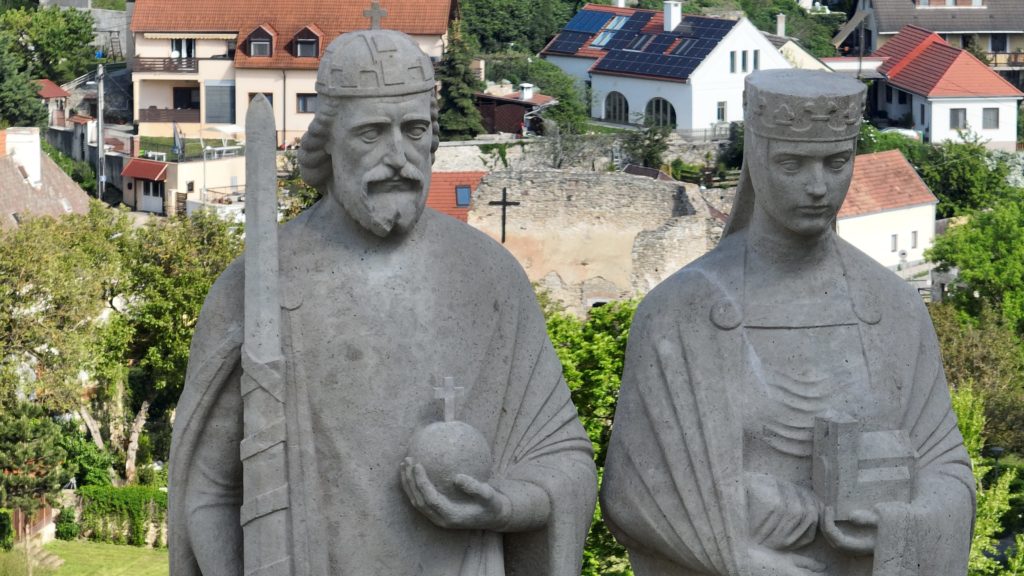
Ignác Nagymányai Koller (1762-1773), along with Jakab Fellner, constructed the Baroque episcopal palace and the employees' house. In 1778, for example, the Minor Seminary was built, and in 1782, the Major Seminary was built on the northern peak of the castle.
In the 19th and 20th centuries, Veszprém had several significant bishops, including János Ranolder (1849-1875), Baron Károly Hornig (1888-1917), and József Mindszenty (1944-1945). In 1938, on the occasion of the 900th anniversary of the death of Saint Stephen, the Gisella Chapel and the Castle Well were restored, and the ruins of the Greek nuns and Dominican convents were unearthed. The Heroes' Gate was built on the ruins of the outer castle gate, and a representative viewpoint was built on the northern part of the castle, where the stone statues of King Saint Stephen and Blessed Queen Gisela, as well as the bronze statue of Prince Saint Emeric, were placed next to the northern side of the cathedral.
The Second World War and the subsequent years caused significant damage, but fortunately, Veszprém was spared from major bombing attacks. During the nationalisation period, the religious orders were dissolved, social institutions under church management were taken over by the state, and both the Minor and Major Seminaries were closed. Following this, during the easing of the 1980s, the diocesan museum opened, and the return of church properties began. In 1993, Pope John Paul II elevated Veszprém to the rank of archdiocese.

1However, archaeology does not support this.
2The History of Anonymus has little basis in reality; instead, it is worthwhile to focus on legends and chronicles.
3Three legends have been made about King Stephen's life, including the major, minor, and the one created by Bishop Hartvik.
4Giulio Turco's military engineer survey did not include them yet, but these facilities appear on a site plan and castle depiction found in Karlsruhe.
5The bastions were not present in the 16th-century surveys; they first appeared on an ink drawing in 1667.
